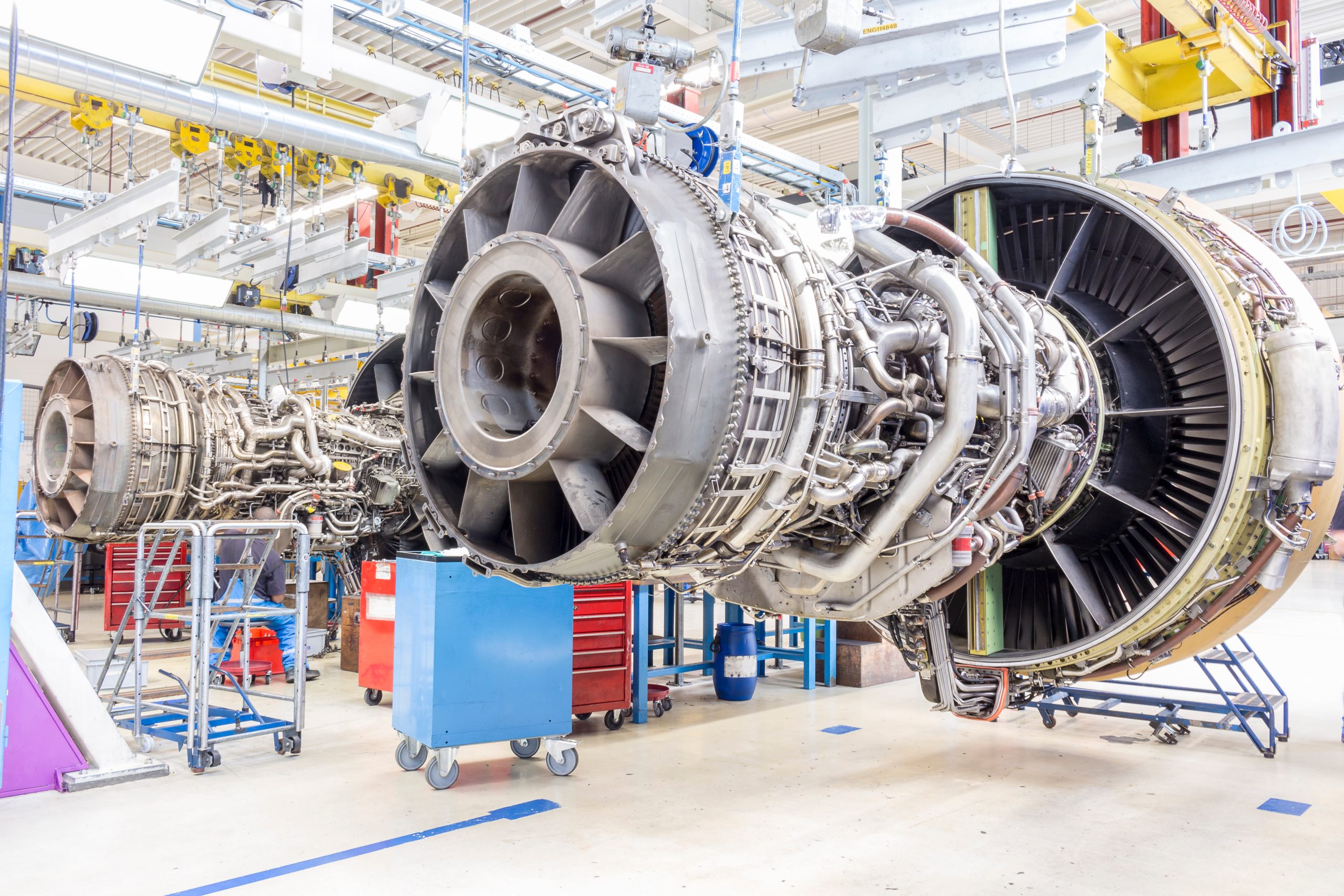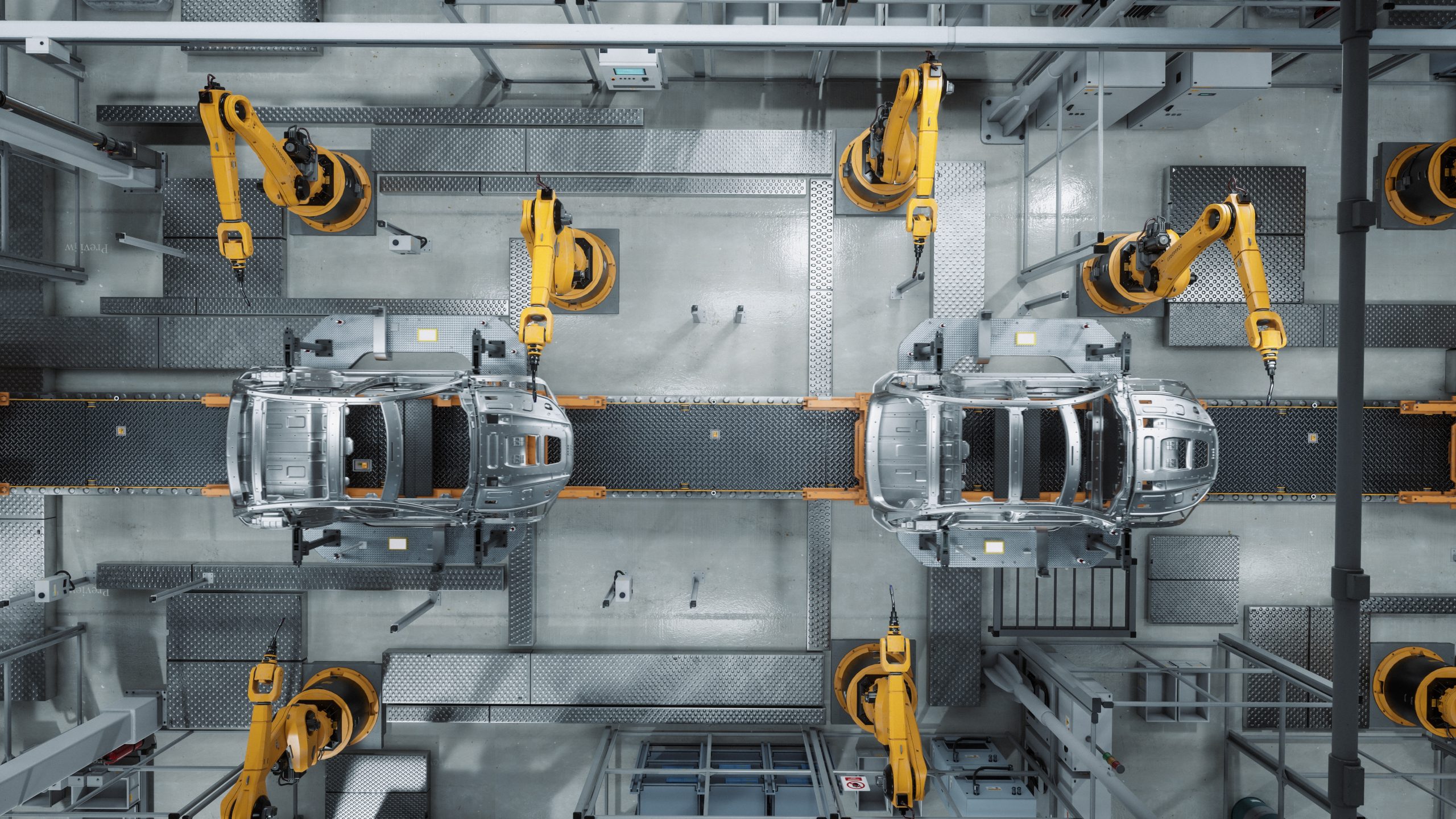TABLE OF CONTENTS
Manufacturers are moving toward smarter, more connected ways of working. As the industry undergoes a digital transformation, the term “digital thread” is often heard in conversations about product data management. But what is a digital thread?
A digital thread provides real-time data so teams can catch issues earlier, make faster decisions, and keep development on track. Digital threads also help teams adapt quickly to change—whether it’s a design revision, a disruption in the supply chain, or a new regulatory requirement.
As hardware cycles accelerate and external conditions shift rapidly, responsiveness has become essential to staying competitive. This article explains what a digital thread is and its benefits, how it differs from the concept of a digital twin, and why it matters for hardware companies looking to stay ahead in Industry 4.0.
What is Digital Transformation?
Digital threads are part of a shift toward digital transformation in manufacturing. Manual processes are being traded in for fully connected systems, replacing paper-based tracking, siloed software, or handoffs over email with integrated tools that share data across teams.
Cloud platforms, automation, and real-time analytics are quickly improving how products are designed, built, and supported. The result is a more efficient and accurate flow of information between hardware design teams, suppliers, and customers.
For hardware companies, the payoff for digital transformation is big: faster development cycles, fewer handoff errors, better visibility into every stage of the process, and the ability to adapt when things change.

What is a Digital Thread?
A digital thread is the full timeline of a product’s data, connecting everything that happens to a product from the moment it’s designed to the day it’s retired. It keeps everything connected: CAD models, revisions, supplier data, part history, and engineering change orders (ECOs). Instead of that information living in separate systems or teams, the digital thread brings it all together so it’s traceable and usable throughout the product’s life.
A digital thread allows engineers to track decisions back to their source. This means they can spot issues early and ensure products meet compliance requirements without the usual back-and-forth. Manufacturers need a complete digital thread for their products, not just from an organizational perspective, but because they’re highly effective for reducing mistakes, facilitating teamwork and efficiency, and strengthening the foundation for AI-driven automation.
Digital Thread vs. Digital Twin
Digital threads and digital twins get mentioned in the same conversations, but they’re not the same thing. A digital twin is, in theory, a working model of the physical product or system that pulls in real-world data from sensors, logs, and simulations.
Engineers use digital twins to study how a product behaves under real conditions, test changes, and predict failures before they happen. It’s especially useful for systems in the field that can’t be taken offline, like factory equipment, aircraft, or power systems.
Both tools rely on the same underlying product data. But while the digital thread is about organizing and connecting that data across the lifecycle, the digital twin is about using it to analyze behavior and make better decisions during operation and support.
Digital Thread Examples
Aerospace
Jet engines have thousands of parts and extremely strict safety standards. Today’s aerospace companies use digital threads to track every component from design to production. If a turbine blade wears down faster than expected, engineers can trace it back to the exact batch of materials, the supplier, and how it was made. This makes it easier to find the root cause—whether a material defect or manufacturing issue—so problems can be addressed without grounding an entire fleet.

Automotive
Today’s cars have many software-driven systems, from electronic brakes to adaptive cruise control. If a flaw is found in a braking module, a digital thread helps track exactly which vehicles are affected by linking production records to supplier data. Leading robotics companies driving innovation in automotive manufacturing use digital threads to enhance traceability and streamline recall processes, allowing manufacturers to pinpoint and address issues efficiently.

Medical Devices
Medical devices are highly regulated products that require careful documentation of even the smallest design changes. With a digital thread, if a pacemaker’s circuit board is updated and that change affects battery life, engineers can trace when the update was made, who approved it, and which devices are affected. This helps manufacturers comply with FDA regulations and make necessary fixes without interrupting patient care.

Digital Twin Examples
Factory Operations
Digital twins of factory production lines allow manufacturers to model workflow changes before touching the physical setup. For example, an automotive manufacturer might create a digital twin of its assembly area to test how adding a new model to the line would affect turnaround time and throughput. Engineers can simulate workstation timing, equipment loads, and worker movement to identify slow points before making physical changes. This helps avoid downtime and disrupting active operations.
Energy Systems
Digital twins are used in the energy sector to maximize the value of wind farms. Wind turbine operators can use a digital twin of a specific turbine to track how blade pitch, wind speed, and temperature affect power output. If a drop in efficiency is detected, they can simulate different conditions to pinpoint the cause—whether it’s wear on a gearbox or changing wind patterns at the site. This helps schedule maintenance before a failure occurs and ensures each unit stays productive without pulling it offline unnecessarily.

Product Performance
Digital twins of factory production lines allow manufacturers to model workflow changes before touching the physical setup. For example, an automotive manufacturer might create a digital twin of its assembly area to test how adding a new model to the line would affect turnaround time and throughput. Engineers can simulate workstation timing, equipment loads, and worker movement to identify slow points before making physical changes. This helps avoid downtime and disrupting active operations.
PLM and Digital Threads
Today’s hardware development demands speed, accuracy, and alignment across the product lifecycle. To meet these demands, manufacturers need a digital thread—a continuous flow of product data that connects design, engineering, production, and supply chain teams.
Legacy PLM systems weren’t built to support that level of connectivity. They’re rigid, siloed, and often get in the way of collaboration. That’s why we’re seeing the rise of PLM 4.0 – an approach to PLM that replaces outdated tools with API-first, AI-enabled platforms built for speed, flexibility, and integration across teams and systems.
Duro is introducing an AI-powered PLM designed to provide a complete digital thread from day one. It keeps all product data in one place, so teams can easily manage part revisions, share information with suppliers, and handle change orders without chasing down files or updates.
With everything connected, engineers and operations teams have the visibility to move quickly and make informed decisions. As digital transformation continues to reshape manufacturing, companies investing in a strong digital strategy will be ahead.


